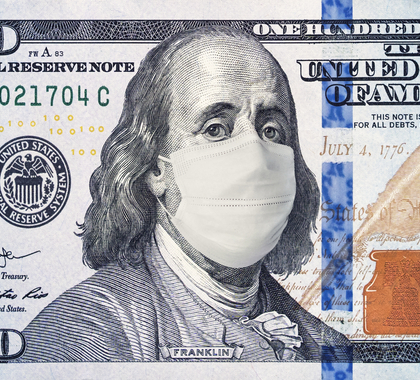In 2015, Michigan suffered a shocking loss on the last play to rival Michigan State 27-23 on a botched punt returned for a touchdown as time expired. It’s now one of the most famous plays in college football. After the game, Michigan coach Jim Harbaugh explained that before the punt his coaches debated three options: going for a first down, throwing a deep pass to run out the clock, or punting. Michigan faced fourth down on their 47 yard line with 10 seconds left. If stopped on fourth down, MSU could try a Hail Mary from around midfield, a low probability play for sure, but the pass should reach the end zone. A long incomplete pass was expected to take about seven seconds, giving MSU the Hail Mary shot. They decided that a punt was the best option to limit Michigan State’s chance of pulling off a miracle.
I grew up in Michigan as a Wolverines fan. Coach Harbaugh’s explanation satisfied me as a fan; they considered all the options and made a reasoned choice. No reason to be angry at the coach here.
I offer this background because good decision-making in life, business, or public policy involves considering all the options. Life doesn’t have a rule book listing all the options available to us at each turn. We must first imagine our alternatives. A course of action you never think of will never get chosen. I hope that decision makers in Washington and state capitals considered alternatives to extreme social distancing and sheltering in place to combat COVID-19. Given what is known about the virus at this time, an alternative strategy could have mitigated the human toll at a significantly lower economic and social cost. COVID-19 is dangerous primarily for the elderly and persons with underlying health problems. Analyses of fatalities in China, South Korea, and the U.S. reveal the age pattern, which has been applied in modeling of the pandemic.
Alternatively then we could have sheltered the vulnerable populations. We could have locked down nursing homes (which we have anyway) and offered others safe places to isolate, like say now empty college dorms. With the vulnerable population isolated, we let the virus run its course. Actually, encouraged those not sheltering to attend festivals, sporting events, and concerts, and have the sick keep working. The vast majority of cases in the low-risk population would have been expected to be mild. With the low-risk population recovered and no longer contagious, the vulnerable population could stop sheltering.
This alternative could have prevented most of the deaths feared in the pandemic. The probabilities of developing pneumonia and requiring hospitalization are significantly higher for the elderly. We have a fixed capacity to treat such cases effectively; simulation models project high death counts when the health care system capacity is exceeded. Sheltering the high-risk population should have limited large numbers of serious cases while the virus infects the low-risk population.
I’m not saying this would have been a better plan to address COVID-19. I’m a free market economist, not a government planner. Public health is not my field, and I know better than to think I possess enough relevant facts to fully evaluate these options. There would be major challenges in effectively protecting the vulnerable population, and many of the elderly may not have wanted to move even temporarily to a safe place. But the economic and societal costs of extreme social distancing and sheltering in place are enormous, and will increase with each passing week. A simulation study by Imperial College in the U.K. clearly suggests that extreme social distancing will have to remain in place until a vaccine is developed, which the FDA insists will be at least 18 months. As Tyler Cowen suggests, extreme social distancing is unlikely to be sustainable for very long. I hope that all the relevant alternatives were considered before our government leaders sent us down this path.





